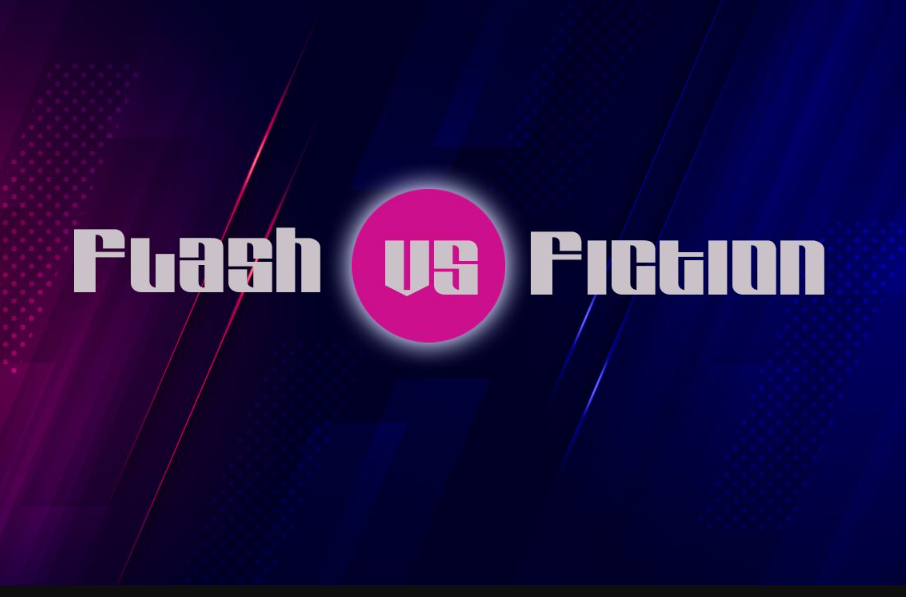
As you may remember from last week’s blog on the subject of Flash Storage, I’m a strong believer that customers get maximum value when they have choices in the marketplace. Luckily for IT buyers, there is no lack of choice when it comes to the world of storage technology.
Technology is great, but what really matters is how a given system can accelerate your business. For example, when it comes to storage, your mission-critical apps use block storage for the robust performance these applications demand.
IBM’s Flash System (FS) family of block storage features a common operating system across all the models in the family. While some of IBM’s competitors also offer a common OS, IBM storage has the unique ability to virtualize nearly any block storage, as well as delivering a common set of tools and utilities.
What does this mean for your business? As in the case of VMWare, the ability to virtualize across different platforms and vendor products enables a single interface to manage all devices. Similarly, nearly all attached block storage on the market can be virtualized behind the IBM Flash System products. This enables you to provide the level of common functionality that portions of your current storage environment may not enjoy today.
For instance, a leading competitor’s storage does not have the ability to automatically tier data. But that bad news is not the whole story, as you can use even that storage platform to tier data when virtualized behind IBM FlashSystems! Through this virtualization technique, you can dramatically improve the capabilities of your existing storage while preserving your existing IT investment. IBM FlashSystems makes it possible.
Do you have legacy storage that doesn’t natively support data reduction capabilities, tiering, mirroring, encryption, encryption, immutable snapshots, etc.? Once it is virtualized, all of these can be supported. Better yet, when purchasing even a single FlashSystem, your organization can take advantage of virtualization to provide these functions on up to 5 non-IBM arrays for three years at no additional cost. From an IBM pizza box size solution to multi-rack configs, IBM FlashSystems can propel your organization to new heights & capabilities.
Listed below is a high-level summary of today’s IBM FS family. (All three members of the family look and act the same. Think of them as Small, Medium and Large size variations).
| Model |
Height |
Eff. Cap |
Latency |
Bandwidth |
Typical competition counterparts |
| FS-5300 |
1u |
0.5 PB |
70 µs |
21 GB/sec |
X Series (and slower C Series) |
| FS-7300 |
2u |
2 PB |
50 µs |
50 GB/sec |
XL Series (and slower X Series) |
| FS-9500 |
4u |
4 PB |
50 µs |
92 GB/sec |
No comparably fast alternative |
One thing you will note is the density of the Flash systems. But why should you care?
That’s simple. Greater density means fewer arrays. Fewer arrays mean less rack space, fewer support contracts, less energy, lower potential third-party software costs and less management.
Next, note the height (footprint) of the FlashSystems. Do you pay an MSP to provide your remote site capabilities? They typically charge customers on a per rack u (height) metric. Density brings smaller footprints, meaning lower costs for your organization at the remote site!
Finally, note the performance. As with this and any future claims you hear from me, you don’t have to take my word on this one. IBM has made all of the above information publicly available and never shies away from a fight when it comes to performance.
Some may say, for example, that the FS7300 is only as fast an X Series box, and not as fast as the XL series box. But those people don’t run, document, and officially publish their performance for the world to see. IBM does, and they will stand up their FS-7300 against any XL Series box, period. IBM will put their FS-5300 toe-to-toe against any X (or C) Series boxes as well. It’s like auto manufacturers that are free to make any performance claim they want about their vehicles; once they line up with their rivals at the drag strip, there’s no place to hide. Anyone with eyes and a stopwatch can tell the difference.
Our next note will detail configurations and pricing for your use. But start by understanding that what you compare from each vendor should not be based on a vendor’s marketing claims, rather on what they have benchmarked and made publicly available for peer and customer review.
Click here for more information on IBM Flash storage and click here for more information on LRS infrastructure solutions.